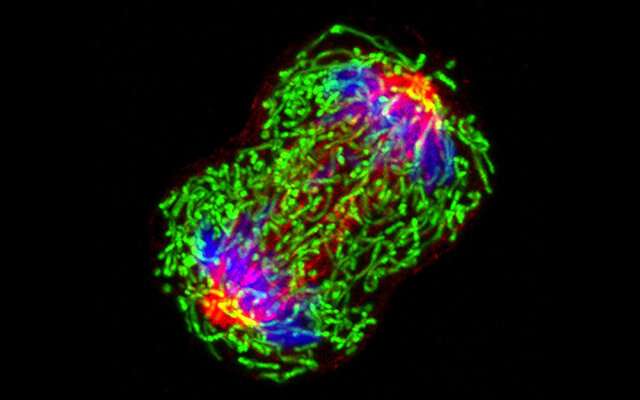The paired perils of breast cancer and diabetes

Breast cancer and type 2 diabetes would seem to be distinctly different diseases, with commonality only in their commonality. Breast cancer is the second most diagnosed malignancy after some types of skin cancer; approximately 1 in eight U.S. women will develop invasive breast cancer over the course of their lifetime. More than 10 percent of the U.S. population has diabetes, with an estimated 2 in 5 Americans expected to develop the chronic disease during their lifetime.
However, past research has uncovered associations between the two diseases. Women with diabetes, for example, have a 20 to 27 percent increased risk of developing breast cancer. Insulin resistance—a key characteristic of diabetes—has been associated with breast cancer incidence and poor survival. Population studies suggest diabetes risk begins to increase two years after a breast cancer diagnosis, and by 10 years post-diagnosis, the risk is 20 percent higher in breast cancer survivors than in age-matched women without breast cancer.
But these epidemiological linkages are not clear-cut or definitive, and some studies have found no associations at all. In a new paper, publishing May 30, 2022 in Nature Cell Biology, a research team led by scientists at University of California San Diego School of Medicine describe a possible biological mechanism connecting the two diseases, in which breast cancer suppresses the production of insulin, resulting in diabetes, and the impairment of blood sugar control promotes tumor growth.
"No disease is an island because no cell lives alone," said corresponding study author Shizhen Emily Wang, Ph.D., professor of pathology at UC San Diego School of Medicine. "In this study, we describe how breast cancer cells impair the function of pancreatic islets to make them produce less insulin than needed, leading to higher blood glucose levels in breast cancer patients compared to females without cancer."
Wang said the study was inspired by early work and guidance from Jerrold Olefsky, MD, professor of medicine and associate dean for scientific affairs in the Division of Endocrinology and Metabolism at UC San Diego School of Medicine. Olefsky is co-senior author of the study with Wang.
The culprit, according to Wang and Olefsky, are extracellular vesicles (EV)—hollow spheres secreted or shed by cells that transport DNA, RNA, proteins, fats and other materials between cells, a sort of cargo communication system.
In this case, the cancer cells were found to be secreting microRNA-122 into the vesicles. Wang said when vesicles reach the pancreas, they can enter the islet cells responsible for insulin production, dispense their miR-122 cargo and damage the islets' critical function in maintaining a normal blood glucose level.
"Cancer cells have a sweet tooth," Wang said. "They use more glucose than healthy cells in order to fuel tumor growth, and this has been the basis for PET scans in cancer detection. By increasing blood glucose that can be easily used by cancer cells, breast tumors make their own favorite food and, meanwhile, deprive this essential nutrient from normal cells."
The research was conducted using mouse models, which found that slow-releasing insulin pellets or a glucose-lowering drug known as an SGLT2 inhibitor restored normal control of glucose in the presence of a breast tumor, which in turn suppressed the tumor's growth.
"These findings support a greater need for diabetes screening and prevention among breast cancer patients and survivors," said Wang, noting that an inhibitor of miR-122, developed by Regulus Therapeutics Inc. in San Diego, is currently in clinical trial as a potential treatment for chronic hepatitis C. It has been found to be effective in restoring normal insulin production and suppressing tumor growth in mouse models of breast cancer.
"These miR-122 inhibitors, which happen to be the first miRNA-based drugs to enter clinical trials, might have a new use in breast cancer therapy," Wang said.
More information: Shizhen Wang, Cancer-cell-secreted extracellular vesicles suppress insulin secretion through miR-122 to impair systemic glucose homeostasis and contribute to tumour growth, Nature Cell Biology (2022). DOI: 10.1038/s41556-022-00919-7. www.nature.com/articles/s41556-022-00919-7



















